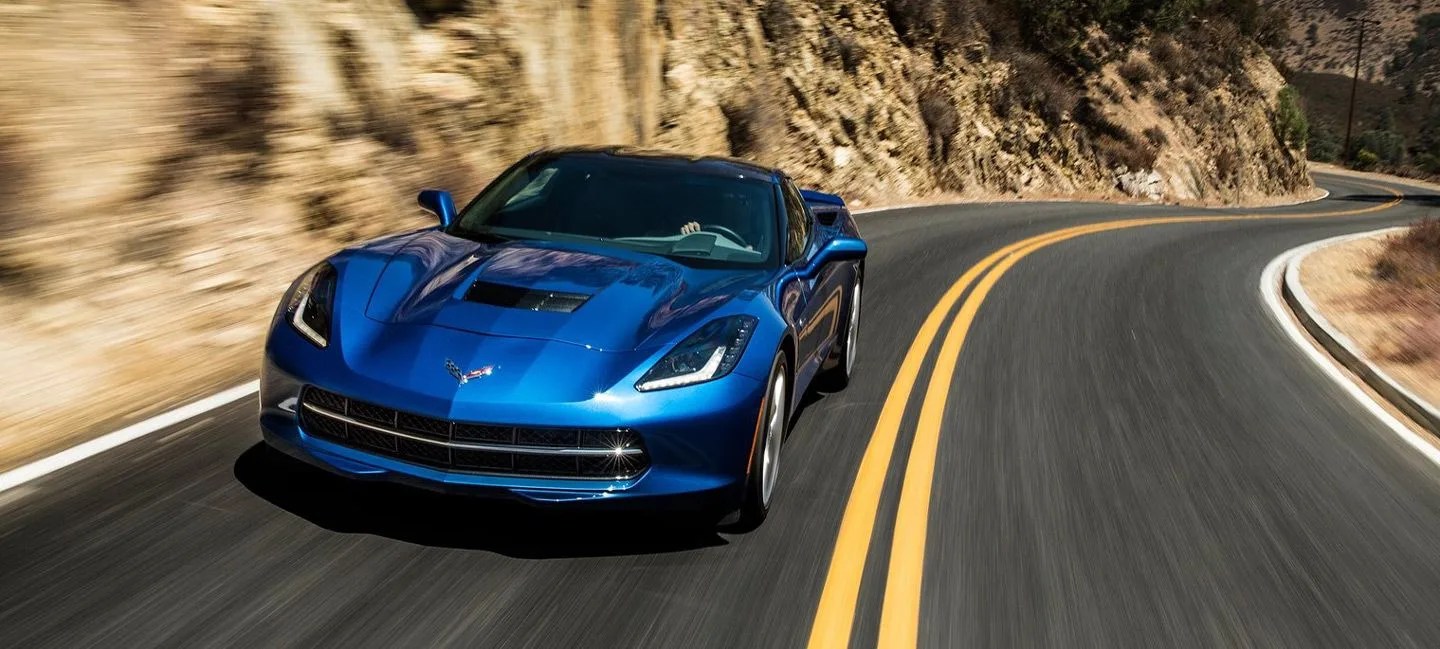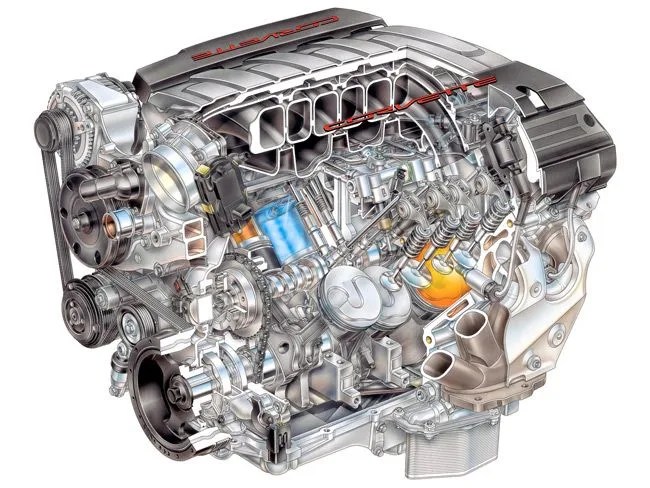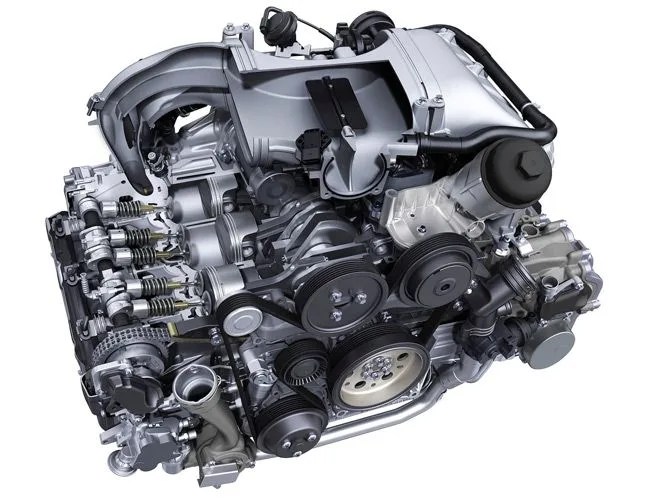I’ve driven nearly everything out there, and I’m still not convinced that there will ever be a replacement for the glorious V8 engine. Case in point: the 2015 Chevrolet Corvette. It has all the baseline boxes checked: It’s low and wide, which improves cornering and lends an aura of menace to the machine. It has a fast electronic suspension and stability management system, so it stays surefooted no matter how ham fisted you are in the turns. Also, its transmission has active rev-matching to sync up engine speed with your gear selection for smoother shifting. It’s a complicated car throughout, but it’s the Corvette’s marvelous, mellifluous LT1 engine that is the true beauty.
When your gas pedal is mashed to the floor, the tachometer racing up the scale with every shift, a V8 uses simple, raw power. It gives off a sound, rich and sonorous, that doesn’t rattle your fillings the way higher-revving engines do. It’s not a twin turbo V6, such as you’ll see in the upcoming Ford GT and Acura NSX supercars, and which many would argue is the “new normal” in this age of hyper-efficiency. Nor is it an inline-four — though many cars produce crazy amounts of power from those plants — or, on the other end of the scale, a huge V10 or V12. Other engines don’t have quite the same panache. In fact, they can be scary — too high-strung, too tense.
How the V8 Shines
There’s a reason the V8’s simple acoustic note resonates so well among engine enthusiasts. According to Jordan Lee, the chief engineer behind Chevrolet’s version of this long-revered automotive staple, it can be traced to cylinder-firing sequences. “There’s a unique component of a V8 engine that’s different from a 4, 6, 10, or 12,” he says. “Every time there’s a revolution, the engine fires four cylinders, and that translates into noise from the exhaust. If it’s engineered correctly in terms of time delay between each firing, then that particular frequency is really like music. It’s extremely pleasant to the human ear.”
Other engines, he explains, just don’t have that same unique quality. If there are more cylinders, for instance, their sounds blend together. Fewer cylinders tend to be more raucous.
“A big V8 is exhilarating — it provides an incredible amount of torque force on the body, as well as an equal noise sensory overload,” notes race driver Rhys Millen.
Of course, aural satisfaction is not reason enough to favor a particular engine size when designing a car, and indeed V8’s deliver abundantly where it truly counts: performance. The sample in the ‘Vette I drove has the best tech Chevrolet has to offer: Active fuel management, direct injection and variable valve timing, all of which help crank out 460 horsepower and 465 lb-ft of torque without obliterating your fuel tank. Displacement, however, is the truly compelling statistic with this engine — all 6.2 liters of it. It’s the reason big engines have always had a performance edge over smaller ones, even those with turbochargers. And it’s the reason they’re here to stay, even with electric motors sparking at their heels.


